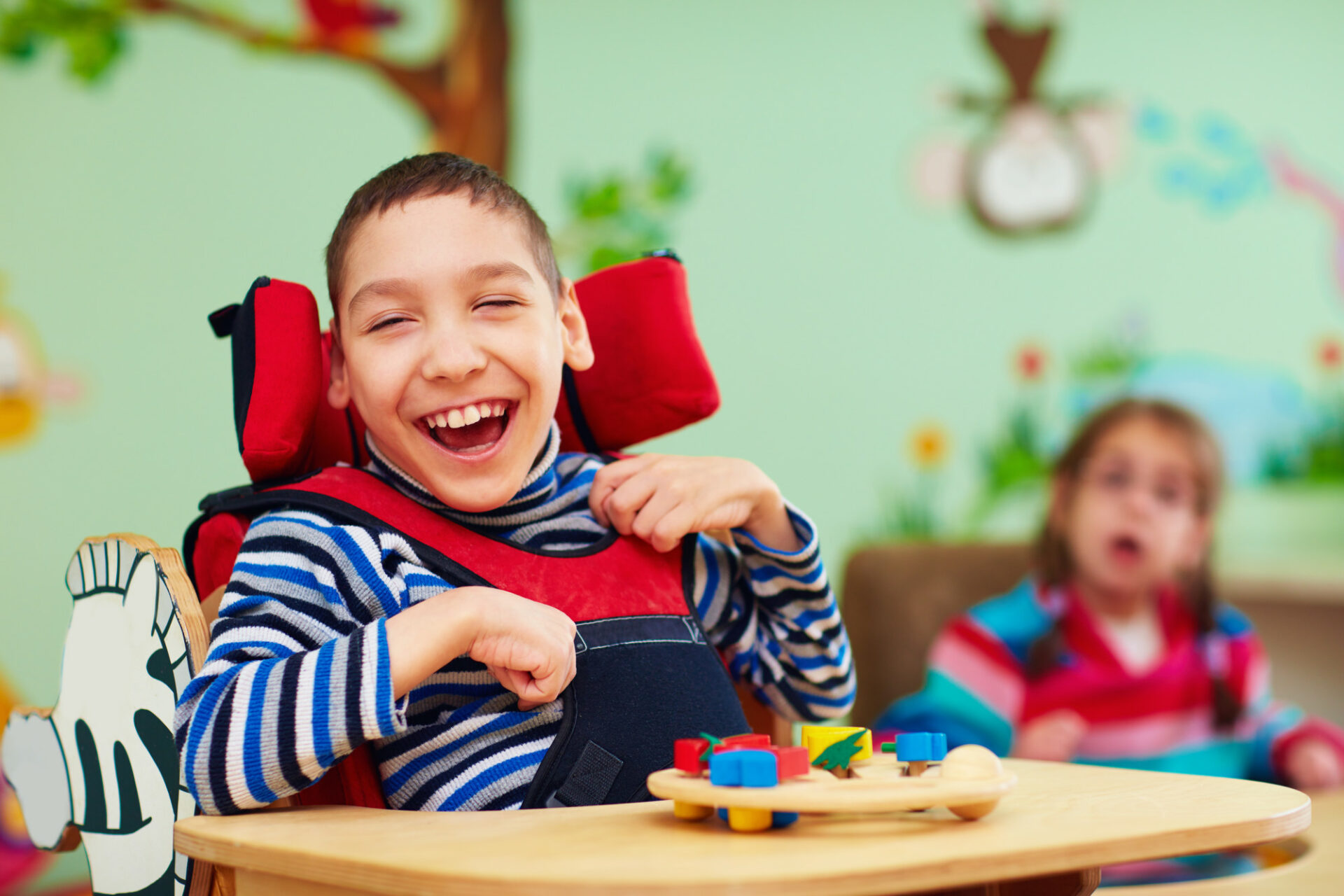Autism is a complex neurodevelopmental disorder that affects individuals in various ways. The condition is characterized by challenges in social interaction, communication, and repetitive behaviors. While there is no cure for autism, early diagnosis and intervention can improve the lives of those affected.
Table of Contents
Signs of Autism
Signs and symptoms of autism spectrum disorder (ASD) typically appear during early childhood. Common signs of autism include:
- Difficulty with social interactions, such as initiating conversations, responding to others’ emotions, or maintaining eye contact
- Repetitive behaviors or interests, such as hand-flapping, repeating phrases or words, or displaying an unusually intense interest in a certain object
- Difficulty understanding social cues or expressing one’s own emotions
- Difficulties with communication, such as speaking in full sentences or using appropriate words to express thoughts and feelings
Autism Treatment Options
Treatment options for autism can include both traditional and complementary approaches. Traditional treatments often involve individualized behavior modification, as well as speech and occupational therapy. Applied Behavior Analysis (ABA) is the most commonly used form of treatment for autism, which involves breaking down complex tasks into smaller steps to help teach skills such as communication, problem-solving, and self-regulation.
Other traditional treatments include structured teaching, which uses visual and verbal cues to teach communication and social skills, as well as occupational therapy, which focuses on developing daily living skills. Additionally, medication can also be used to help manage symptoms such as anxiety or impulsivity.
Applied Behavior Analysis (ABA) Therapy
ABA therapy is a widely accepted treatment for autism that involves breaking down behaviors into smaller, more manageable steps. This therapy involves a variety of techniques that help individuals with autism to learn new skills and behaviors. ABA therapy can be tailored to meet the individual needs of the person receiving the treatment. This therapy can be delivered in various settings such as homes, schools, or clinics. ABA therapy is typically performed by trained professionals, known as behavior analysts, who work closely with families and caregivers to develop and implement treatment plans.
One of the key features of ABA therapy services includes reinforcement. This means that positive behaviors are rewarded, while negative behaviors are not. For example, if a child with autism learns to communicate effectively, they may receive a small reward, such as a sticker or praise from their therapist. Over time, this positive reinforcement can lead to lasting changes in behavior.
Speech and Language Therapy
Many individuals with autism have difficulty with communication. Speech and language therapy can help individuals to develop their communication skills. This therapy may involve teaching sign language, using picture cards or assistive communication devices, or developing social communication skills. Speech and language therapy can also help individuals to improve their understanding of language and use language in a functional way.
Occupational Therapy
Occupational therapy can help individuals with autism to develop the skills they need to live independently. This therapy focuses on activities of daily living, such as dressing, eating, and personal hygiene. Occupational therapy can also help individuals with sensory issues, such as sensitivity to certain textures or sounds.
Medication
While there is no medication that can cure autism, some medications can be used to treat specific symptoms of the condition. For example, antidepressants may be prescribed for individuals who experience anxiety or depression, while antipsychotic medications may be prescribed to help with aggression or irritability. However, medication should always be prescribed and monitored by a healthcare professional.
Social Skills Training
Individuals with autism often struggle with social interaction. Social skills training can help individuals to learn appropriate social behaviors, such as making eye contact, taking turns, and sharing. Social skills training may be provided in a group setting, where individuals with autism can practice their skills with their peers.

Cognitive Behavioral Therapy
Cognitive Behavioral Therapy (CBT) can help individuals with autism to manage their emotions and behaviors. This therapy can help individuals to identify and change negative thought patterns, leading to a more positive outlook on life. CBT can also help individuals to develop coping skills, such as relaxation techniques, to help manage stress and anxiety.
When is Treatment for Autism Needed?
Treatment for autism is typically recommended when an individual displays symptoms of the condition. If parents or caregivers notice signs of autism in a child, they should speak to a healthcare professional to determine if treatment is needed. Early intervention is important for individuals with autism, as early treatment can help reduce some of the associated symptoms and improve outcomes.





